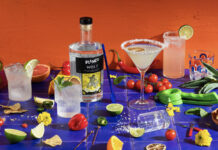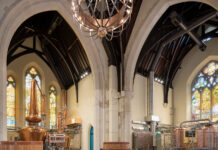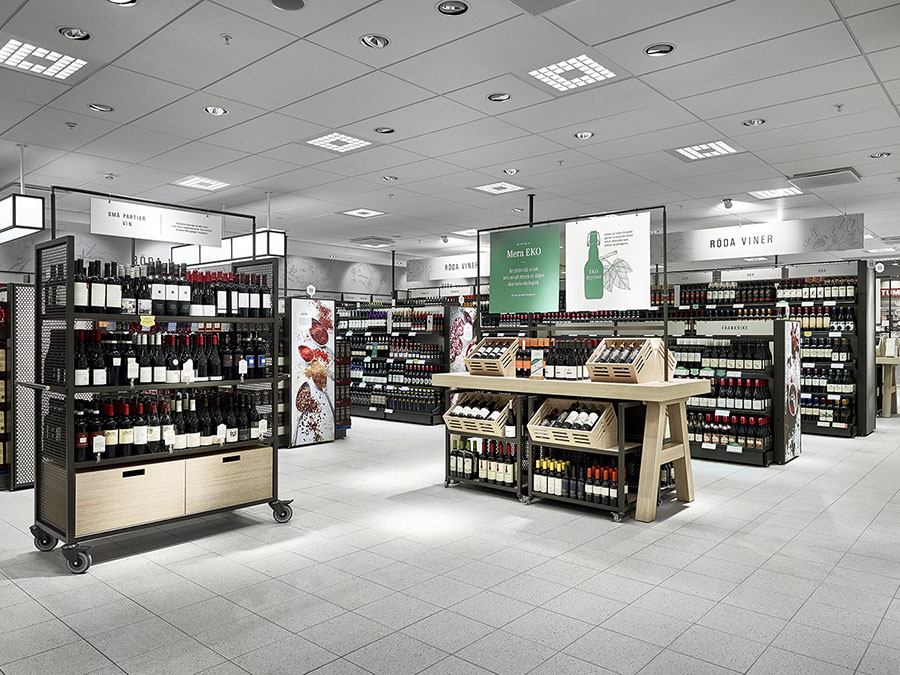
The European craft spirits market is in full swing. Currently valued at $3.3 billion, the industry is forecast to grow at a CAGR of 12.66% over the next four years, reaching $6.17 billion by 2028. Despite such a dynamic and vibrant landscape, however, distillers have been grappling with significant challenges over the past 12 months. These involve inflation and rising energy costs, as well as heightened expectations from regulators and society to elevate their commitment to sustainability.
According to Mintel’s latest Europe Ethical Retailing Market Report, around a quarter of European consumers are now more likely to choose ethical products. And with glass bottles constituting approximately 21% of a spirit’s total carbon footprint, distillers have been paying particular attention to lightweight packaging options as a means to addressing sustainability concerns.
“It’s better for the environment and looks great with consumers,” explains spirits writer and consultant Oliver Ward. “Those who are going lighter now are getting the PR boost and gaining a competitive edge by streamlining their supply chain and ultimately reducing the unit cost of their bottles.” Some glass manufacturers are gradually discontinuing conventional standardized bottles in favor of customized designs — a strategic shift that enables bottle manufacturers to charge premium prices, compensating for potential revenue loss linked to the reduced production costs of lighter bottles. The substantial initial investment necessary for bespoke bottle designs and minimum order requirements, however, have posed considerable challenges for smaller distilleries looking to adopt lighter glass containers.
Scandi Style
As Europe progresses toward a more sustainable economy, some markets are becoming increasingly stringent regarding packaging regulations. This year, a coalition of five Scandinavian alcohol monopolies (Sweden’s Systembolaget, Norway’s Vinmonopolet, Finland’s Alko, Iceland’s Vínbúðin, and the Faroe Islands’ Rúsdrekkasøla Landsins) unveiled intentions to reduce their suppliers’ reliance on heavyweight glass bottles as part of a broader strategy to halve their 2019 CO2 emissions levels by 2030. In line with these commitments, Sweden’s alcohol monopoly, Systembolaget, detailed specific maximum weights and allowable CO2 emissions for single-use glass in its purchasing criteria.
Barriers might be tightening for imported brands seeking entry into these markets, but the Scandinavian landscape may be growing more favorable for domestic distilleries. In Finland, where all alcoholic beverages above 5.5% ABV were confined to sales in Alko monopoly stores, private retailers will be allowed to sell alcoholic drinks of up to 8% ABV in 2024. Additionally, there is anticipation that the government will soon liberalize the sale of drinks with an alcohol content of up to 15% ABV and allow artisanal distilleries to directly sell their products to consumers from their manufacturing sites.
Miika Salmi Lipiäinen, co-founder of the prominent Finnish whisky distillery Kyrö, envisions this year’s developments as a catalyst for the emergence of new distilleries in the country, in turn fuelling the continued growth of the Scandinavian craft spirits industry. “It’s a long-running societal change,” says Lipiäinen. “This might be the first sign of the end of the monopoly system. Alko’s percentage of alcohol sales will decrease so significantly that it will lose the monopoly status from the EU.”
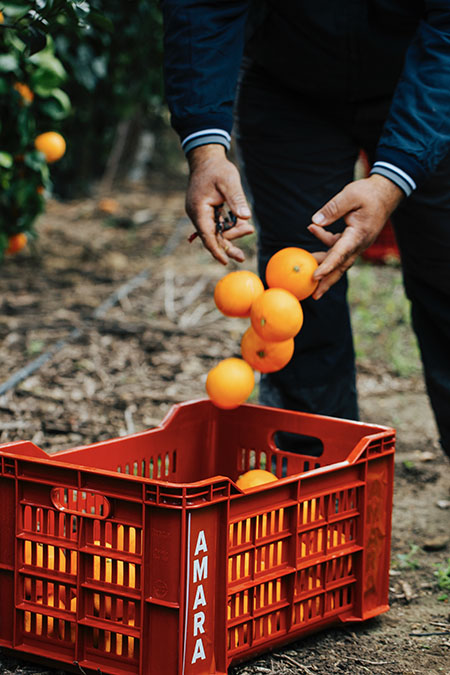
Trending Categories
The year 2023 has witnessed a notable acceleration in the proliferation of French whisky brands and distilleries. The Fédération du Whisky de France, which represents 95% of French whisky brands, claims that there are now 100 active whisky distilleries in the country, alongside 50 refiners and bottlers. These figures mirror growing production volumes, which have skyrocketed from 215,000 hectoliters to 2,000,000 hectoliters over the past decade.
Meanwhile, gin continues to thrive across much of Europe. Italy, in particular, has been witnessing a remarkable surge in brand launches, mostly small-scale ventures. With Italy being one of the world’s primary sources of juniper for the distilling industry, the country remains a highly promising and relatively untapped region for establishing and introducing new gin brands.
Simultaneously, traditional spirits like France’s pastis and Italy’s amaro seem to be growing in appeal, particularly within their own domestic markets, creating opportunities for the emergence of modern craft interpretations intended to be consumed neat as aperitifs and digestifs or mixed in cocktails. “During COVID, everyone wanted to experience products from different places of the world, as we could not travel,” explains Giovanni Gadaldi, area manager at France’s leading spirits retailer La Maison du Whisky. “Now that travel is back, people at home want to drink something that is familiar.”
Will Travel for a Drink
In addition to a demand for traditional spirits, the pandemic sparked a renewed enthusiasm for spirits tourism, with new and established distilleries showing a deliberate focus on the visitor experience as a result.
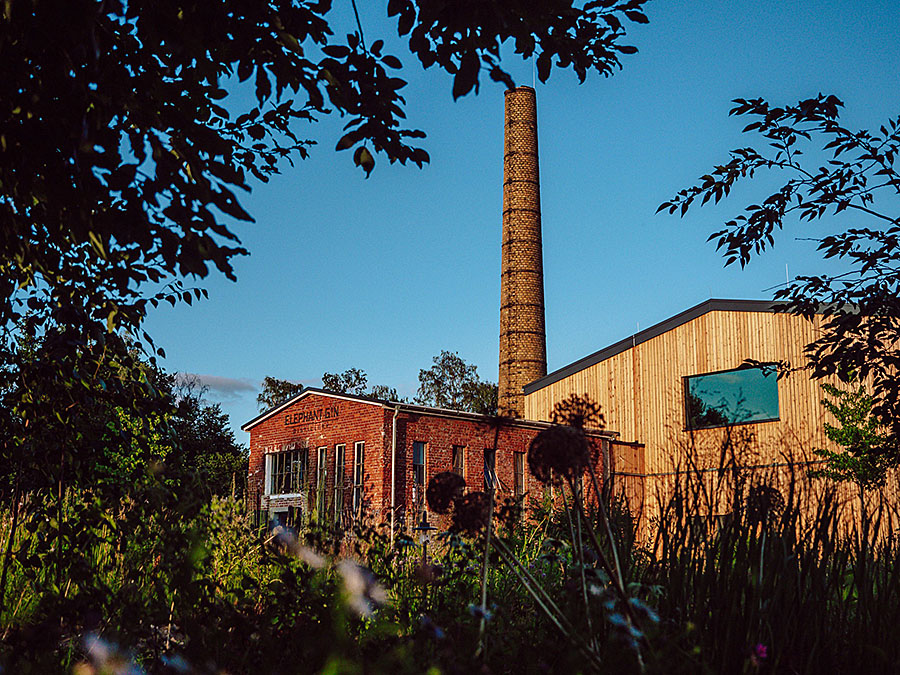
Leading German gin brand Elephant Gin, for instance, has recently inaugurated its physical site on the outskirts of Hamburg. Beyond a tour of the facilities, visitors can personalize their own gin and virtually “travel” to Africa, where the brand’s botanicals originate. Meanwhile, Sicilian amaro brand Amara has renovated its farm with the explicit goal of launching a new hospitality project. “We take people to see our orange groves to experience the scents and colors of our land,” says founder Edoardo Strano, “then take them to the factory to experience the artisanal process that turns them into our liquor.”
These developments reflect a broader shift in the European spirits industry toward fostering a more profound connection between consumers and brands — a shift that emphasizes brand narrative and addresses people’s inherent desire for authenticity in everything they consume.

